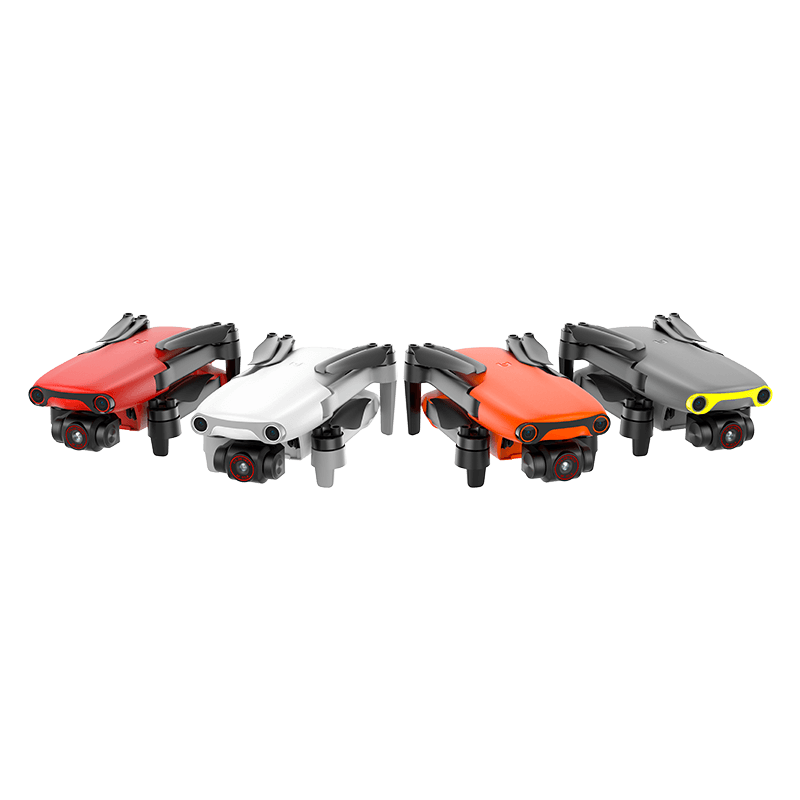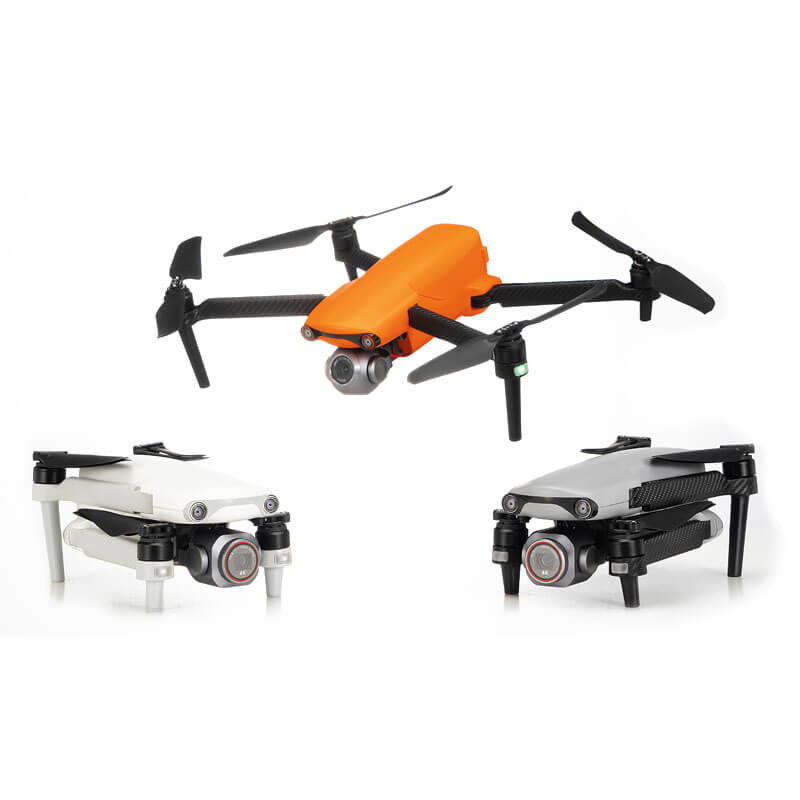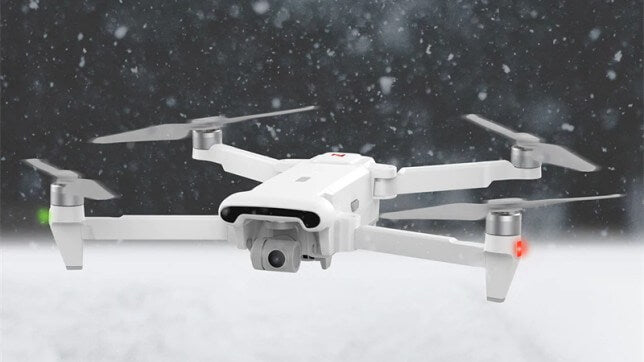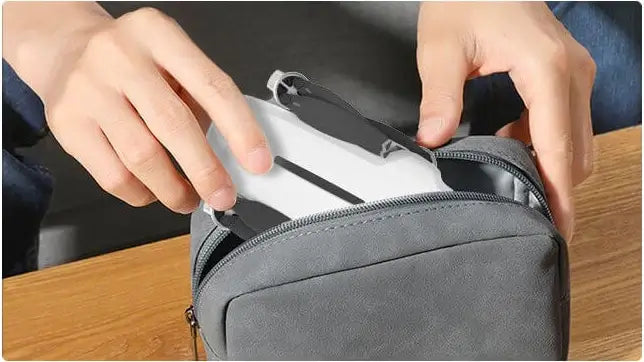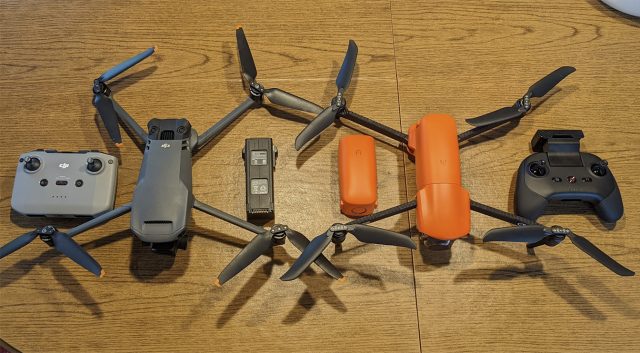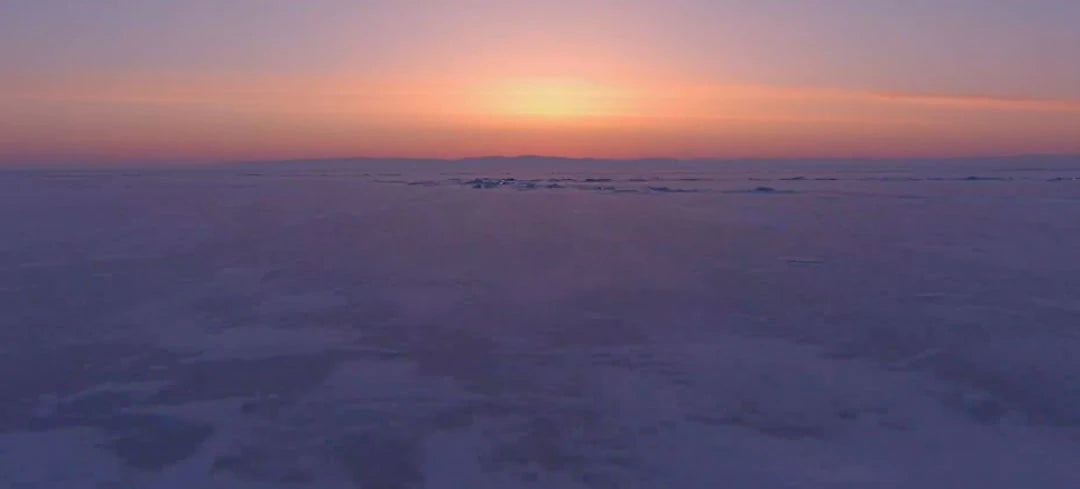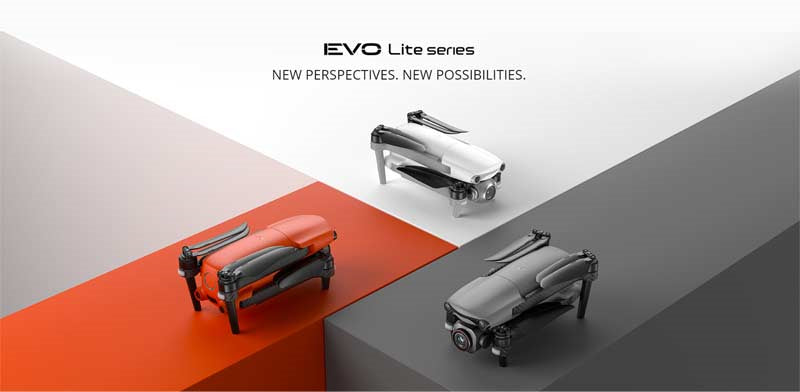For a long time, the DJI Air 2S has been a fanatical choice for pilots among mid-to-high-end drone models. Now, with a new drone challenge, Autel Robotics offers more options for drone enthusiasts.
The Evo Lite series is undoubtedly the strongest opponent of the popular DJI Air 2S in terms of functions and models. Will the DJI Air 2S be killed by the EVO Lite+ drone?
What is clear is that the Autel Evo Lite+ benchmarks the DJI Air 2S in drone performance, with almost all the features of the existing DJI Air 2S, while having some features that go beyond the design and even compete with the Mavic 3.
Autel EVO Lite+ vs DJI Air 2S: Design

Drones are known as birds in the sky, so a smooth airframe design is very important. Both look very similar in layout and design, but the Lite+ is a larger drone, measuring 210×123×95mm when folded and 427×384×95mm when its arms are unfolded. In comparison, the DJI Air 2S is only 180×97×77 mm when folded and 183×253×77 mm when unfolded. This scale makes the Lite+ even slightly larger than the DJI Mavic 3.
Available in three colors, including the iconic Autel Orange drone color, the EVO Lite+ drone packs a youthful and athletic vibrancy factor compared to DJI’s single gray color scheme on the Air 2S.
Both drones feature obstacle avoidance, an FFC transmission range of 12 km, and the ability to record 5.4K resolution video at up to 30 fps. But what really differentiates these drones is the camera technology, as the Autel Evo Lite+ has more modern sensors, optics and image processing.
Autel EVO Lite+ vs DJI Air 2S: Cameras

One of the important accessories of drones is the camera parameters. For every drone enthusiast, how to get a clearer and brighter flying field of view will be a huge discovery. Both drones have a 20MP 1-inch CMOS sensor with a 2.4µm pixel size, but the Air 2S has a fixed f/2.8 aperture, while the Evo Lite+ has a variable aperture adjustable from f/2.8 to f11.
Enhancements To The Autel Evo Lite+ Camera Sensor
The two drones have very similar camera fields of view, 88 degrees for the Air 2S and 82 degrees for the Lite+. But the Lite+ sensor also has many other enhancements, the Air 2S has an ISO cap of 6400 for video ISO standard scenes, and a special night mode on the Lite+ allows the ISO to increase to an incredible ISO 48000. This gives the Lite+ an advantage when shooting in low light, and is also better at capturing true-to-life colors in those situations.
The Air 2S can currently capture content in D-Log format, and Autel is promising 8-bit D-Log format in a future Lite+ firmware release.
Autel EVO Lite+ VS DJI Air 2S: Video Mode
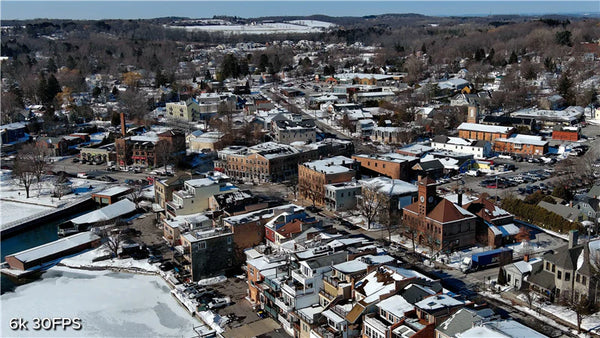
One of the features of the Lite+ drone is that it can shoot 6k video. At this resolution, 30fps video, the best resolution of Lite+ is 5472x3076. 4K video can reach 60fps, 1080p can reach 120fps. The Air 2S can only shoot 4k video.
In video transmission, the compression level of DJI drone video is 150Mbps, and it is 120Mbps on Lite+. This means that during the transmission process, the transmission time of the Lite+ drone is shorter under the same resolution.
Autel EVO Lite+ and DJI Air 2S at Night
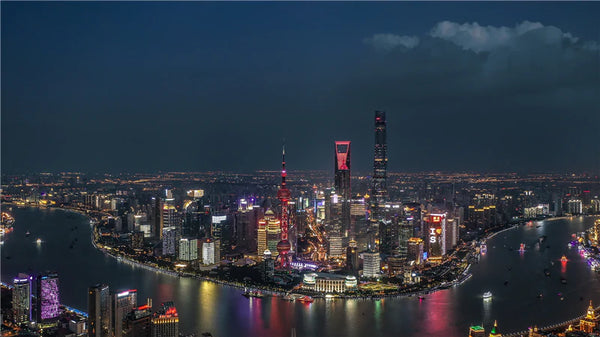
The Air 2S has a maximum ISO of 6400 in manual video shooting, and only 1600 if using Dlog-M. For automatic video and still image capture, the Lite+ can match the Air 2S's ISO 6400 option, but using Nightscape mode boosts sensitivity to ISO 48000. It also has a special Moonlight processing mode to reduce ISO levels at these very high levels.
Still images on the Lite+ can be shot at 10-bit DNG, showing that the sensor can work with extended contrast at this bit depth, with a maximum resolution of 5472x3648, the same as the Air 2S.
Overall, the camera specifications of the Lite+ drone and the Air 2S may be similar in daytime shooting, but in the night scene shooting, the contrast quality of the Lite+ drone is obvious, and its video quality is closer to the Mavic 3.
Autel EVO Lite+ VS DJI Air 2S: Flight Performance
The Autel Evo Lite+ and the DJI Air 2S drone have a similar top speed of 19m/s, but the Air 2S has a drag of 10.7m/s, while the Lite+ is said to handle 16.5m/s.
That performance level beats the Mavic 3's 12 m/s and hints at how much power the Lite+ can call on when needed. This power is felt when the drone is ascending and descending, and the Autel Evo Lite+ can ascend at a speed of 8 m/s, which is 2 m/s faster than the Air 2S. Meanwhile the Autel Evo Lite+ descends at 4 m/s, 2 m/s lower than the Air 2S.
The Battery Capacity Ensures The Flight Time of The Drone
The maximum power on the Air 2S is only 3750mAh, and the flight time is only 31 minutes. The Lite+ has a relatively large battery at 6175mAh and can stay in the air for an impressive 40 minutes.
Typically, many DJI Air 2S pilots consider returning at around 25 minutes, and Autel drones have at least 10 minutes left to operate. That's enough extra time to try again to achieve a unique shot or try something new.
Autel EVO Lite+ VS DJI Air 2S: Image Transmission System
The differences between DJI's Ocusync 3.0 and Autel's SkyLink transmission technology are subtle. For most people operating within the visibility limits imposed by most countries, they will not experience disconnects even with interfering signals.
Technically, Skylink is rated at 12km FCC and 6km CE, while Ocusync 3.0 is rated at 12km FCC and 8km CE. Flying in a CE environment, we didn't notice any appreciable downsides to the Autel drone.
What we can confirm is that Skylink is far superior to Ocusync 2.0 on the DJI Mini 2 and the original DJI Mavic Air 2. Even in cluttered locations and behind buildings, it's easy to fly to the 500m limit without losing video feed or controls.
One thing we like about the Autel drone is that the transmission technology provides a live video stream at 2.7K resolution to the Sky app when the drone is within 1km, whereas all DJI drones can only manage up to 1080p. The clarity of this image makes the Lite+ easier to use when maneuvering around tree branches and wires that may not be detected by obstacle avoidance.
Autel EVO Lite+ VS DJI Air 2S: Obstacle Avoidance and GPS
Obstacle avoidance systems for these drones are very similar, offering front, rear and below sensors. The Lite+'s front-facing sensor has a larger vertical angle than the Air 2S, allowing it to see objects above to a certain extent, enabling avoidance.
Obstacle avoidance is automatically disabled in the drone's sport mode, and won't work in low-light conditions. For night landings, both have an LED that illuminates the ground beneath the drone to help downward-looking sensors see during this phase of flight.
When using dynamic tracking, the drone will not see the tracked object as an obstacle, and the drone will take a variety of cinematic shots around the subject to experience advanced cinematic shots.
For geolocation accuracy, the Lite+ can call on GPS, GLONASS and Galileo, the same technology used by the Air 2S. An extra feature of the Air 2S that isn't available on the Lite+ is a technology that detects other planes and helicopters while they're flying.
The flight performance and image transmission system of the Lite+ is very attractive, and it will only get better as Autel provides new firmware versions. With its enhanced low-light capabilities and variable aperture lens, this great camera is perfect for those who are serious about drone cinematography. The Lite+ does cost a lot more than the Air 2S, but at the same time it will be the go-to solution for those unwilling to accept the eye-watering cost of the DJI Mavic 3. This drone is still an excellent performer.


